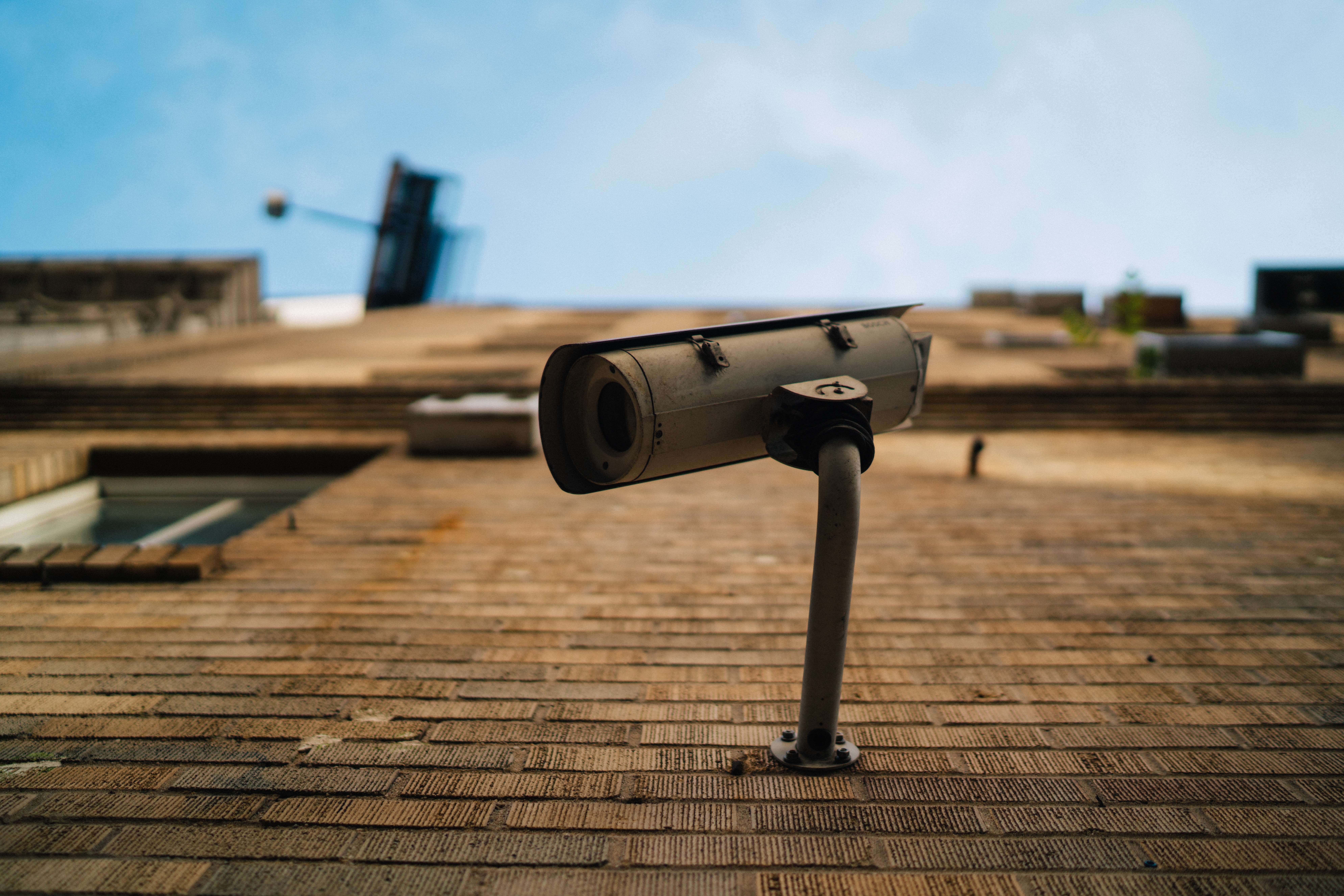When software and tech company executives hear the word “security” these days, their first thought is likely of digital security.
New digital threats seem to emerge constantly as technology continues to advance.
Software and tech companies generally sell their products worldwide, so they have to comply with both national and international laws related to handling data safely and responding to threats and breaches responsibly. (Related: How the GDPR Will Affect Your Check-In Process)
Today’s businesses increasingly host all of their sensitive information in the cloud, so it makes sense that physical security would start to get ignored in favor of its digital counterpart.
But physical security is as important as ever.
After all, digital assets are still vulnerable to on-site threats. In some cases, it may be easier for criminals to walk through your front door and steal data directly off of company hardware than to hack in remotely.
Physically securing your software company’s assets doesn’t necessarily require extreme or expensive measures. It just takes a deliberate strategy, and leaders who are willing to prioritize security protocols.
Establish Your Security Priorities
The best security efforts will require some thoughtful planning and goal setting at the outset, just like any business initiative.
Before you invest in security equipment or hire professionals, assess the company’s most sensitive areas and potential vulnerabilities. It may help to ask these questions:
- What are your company’s most important or valuable assets?
- What could the company lose if these assets were compromised?
- Why and how might criminals try to physically access those assets if they were able to gain entry to your office
As this CSO magazine article explains, companies commonly skip this initial analysis. Some even assume that their contracted security outfit should take the lead on security plans. However, each company has its own unique security needs, and those needs should be communicated to any hired contractors long before their first day on the job.
Once security priorities are established, you’ll be able to steer your efforts much more clearly.
Address The Three Levels of Physical Security
This article in The Balance suggests thinking about your security efforts in three distinct areas: The outer perimeter (such as who can access the parking lot or walk or drive onto the site), the inner perimeter (who can get in the front door), and internal security, which deals with security efforts inside the building.
Exterior Perimeter
Most software companies won’t need to take extreme measures in this area (such as as installing a barbed wire fence around your property). However, something like a row of hedges or a security gate may limit people from wandering onto company grounds. It can also serve as a clear delineation that visitors have stepped onto private property.
Security experts also suggest implementing “natural surveillance” and “natural access control” techniques such as keeping the area well-lit, eliminating potential hiding spots, and using other barriers (such as landscaping and walkways) to funnel visitors into a “controlled, visible area.”
Well-placed security cameras can also be helpful in monitoring your exterior perimeter.

Interior Perimeter
One of the best practices for protecting your interior perimeter is to limit the ways that people can access your building. Multiple fire exits are required by law, but many companies don’t bother to install alarms or monitor who comes in and out of the unofficial doors.
Motion-activated cameras and smart locks can be helpful in securing your interior perimeter. (We discussed some of these tools in our post on How the Internet of Things is Creating the Future of the Office.)
It’s also a best practice to make it more difficult for people to get past the entry doors and through the lobby area quickly. Elements such as large planters or tension barriers can slow down anyone who might be trying to get in or out in a hurry.
You might not be able to change much about your lobby design immediately without big overhauls. However, if it’s possible, follow these best practices for lobby design:
- Create a physical barrier between the lobby and the rest of the office. Without a physical barrier, there’s too much pressure on the receptionist to monitor all activities. Receptionists can’t be behind their desks every minute of the day, and they have a lot of other work to do that can distract them.
- Locate public access areas such as the bathroom, elevators and cafeteria past the reception desk. By locating them beyond what security consultant Michael Silva refers to as the “semi-public” space of the lobby, you eliminate the chance that anyone can slip past with excuses that will give them full access to the rest of the office.
- Create an employee-only entrance. Silva notes that keeping the lobby for visitors only will enable the front desk staff to concentrate on visitors. This will also eliminate the risk of criminals “tagging along” behind employees to gain entry.
Interior Security
Security cameras can also be placed in sensitive areas inside your office. (Make sure they’re visible; just the sight of them can be a deterrent).
One of the best ways to increase physical security within your office walls is to get proactive about visitor management. (Related: How to Build Your Company’s Own Visitor Management System) A good visitor management strategy will minimize traffic and confusion in the lobby so that your receptionist has the resources to look out for any red flags.
Another commonly recommended best practice for interior security is to require ID badges of every employee and visitor. Badges should include photos to ensure that the badge belongs to its owner. Each badge should also include the date and time of the visitor’s check-in, or the badge expiration date. It should be very clear when the badge isn’t current. (Related: How to Design Your Company’s Visitor Badges)
Consistently requiring everyone in your building to wear badges can seem like a big hurdle, but it’s not difficult as long as leaders are intentional about creating a security-focused company culture.
Don’t Overdo Physical Security Measures
Efforts to go too hard on physical security can backfire, however. By overemphasizing security in every single aspect of your company, you may inadvertently underemphasize it when it really counts.
Throwing a huge security policy at your employees could make them more likely to completely ignore all the security protocols.
Complex, overarching security policies are also time consuming to enforce, which could lead to inconsistent implementation. That inconsistency is annoying for your employees, but it’s also especially easy for criminals to infiltrate. Inconsistency essentially trains your staff to ignore when people don’t follow security protocols.
Instead, refocus on top priorities and make your security procedures clear and simple so that they’re easy to read and implement.
Security procedures must be clear and simple so that they’re easy to read and implement. #receptionistapp Click To TweetIf you’re ready to try a visitor management system that will help your receptionist focus on their role as a security gatekeeper for your company, we invite you to try The Receptionist. Our software boosts security by allowing your staff to pre-register visitors and confirm their identities via photo before giving them access to the building. You can also create customized visitor badges that print automatically upon visitor check-in. Click here to sign up for a free trial of The Receptionist.
Share this Post

